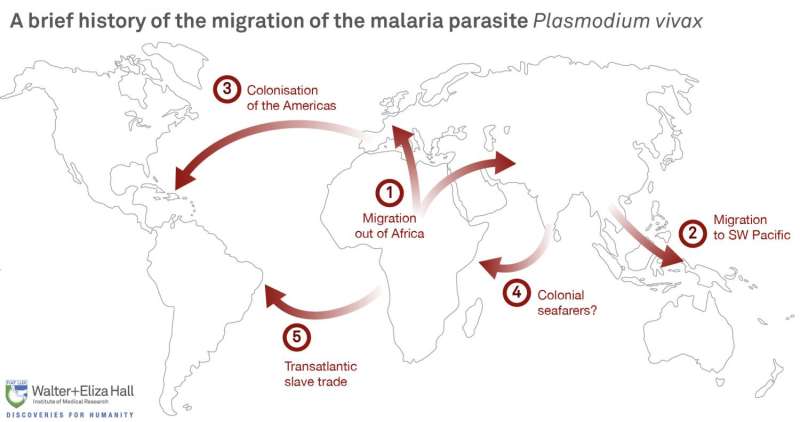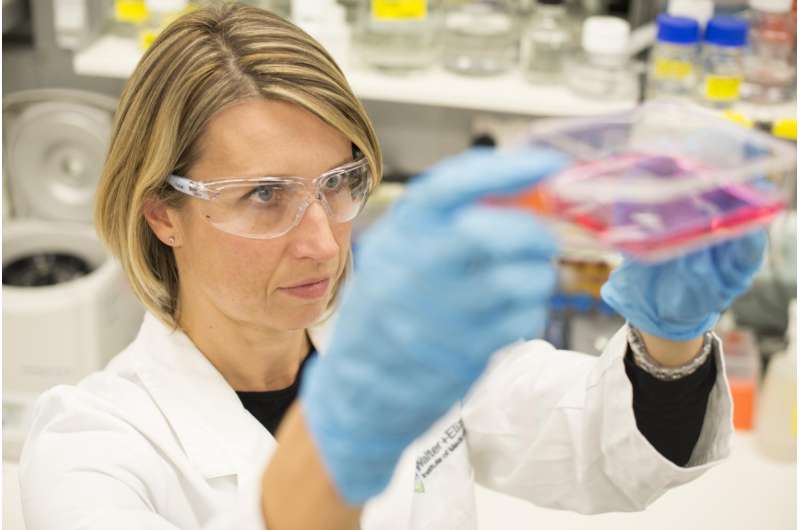Genome technology boosts malaria control efforts

While most malaria research has focused on the parasite Plasmodium falciparum, which is common in Africa, another parasite, Plasmodium vivax (P.vivax) is responsible for the majority of malaria infections outside this region, causing an estimated 15.8 million clinical malaria cases each year. The parasite is becoming increasingly resistant to common antimalarial drugs, posing challenges for malaria elimination.
Institute researchers Dr Alyssa Barry and Professor Ivo Mueller are part of two international teams studying P.vivax. The teams used cutting-edge genomic techniques to analyse hundreds of clinical samples from malaria-infected people around the globe. The research led to two complementary publications in this month's edition of Nature Genetics.
The teams discovered patterns of variation that are the result of both ancient events and recent selection.
"Overall we found that the parasites are remarkably diverse," Professor Mueller said. "The patterns of genetic diversity appear to both result from ancient human migrations and follow historical routes of human movement, including those associated with colonization of the Americas in the 16th to 19th century and links between Africa, India and Europe."
The researchers also found signs that the parasite population is continuing to evolve in response to recent factors such as drug treatment.
"Drug resistant parasites are firmly established in certain regions, including Indonesia and Papua New Guinea, creating huge challenges for malaria control efforts. We found that parasites in these regions have strong genetic signatures of adaptation to antimalarial drugs.

"We can now use this information to study the causes of drug resistance and improve how we monitor the disease," Dr Barry said.
The researchers also examined parasite diversity within an individual.
"Zooming in on individuals revealed that while some people are infected with a single strain of P.vivax, other people have more complex, mixed infections with multiple strains of parasites," Dr Barry said. "Understanding the diversity of parasites both within an individual and around the globe is an important step towards understanding how malaria is transmitted and in the longer term finding new strategies to control this deadly disease."
More information: Richard Pearson et al. (2016) Genomic analysis of local variation and recent evolution in Plasmodium vivax. Nature Genetics DOI: 10.1038/ng.3599
Population genomics studies indentify signatures of global dispersal and drug resistance in Plasmodium vivax, Nature Genetics, DOI: 10.1038/ng.3588



















